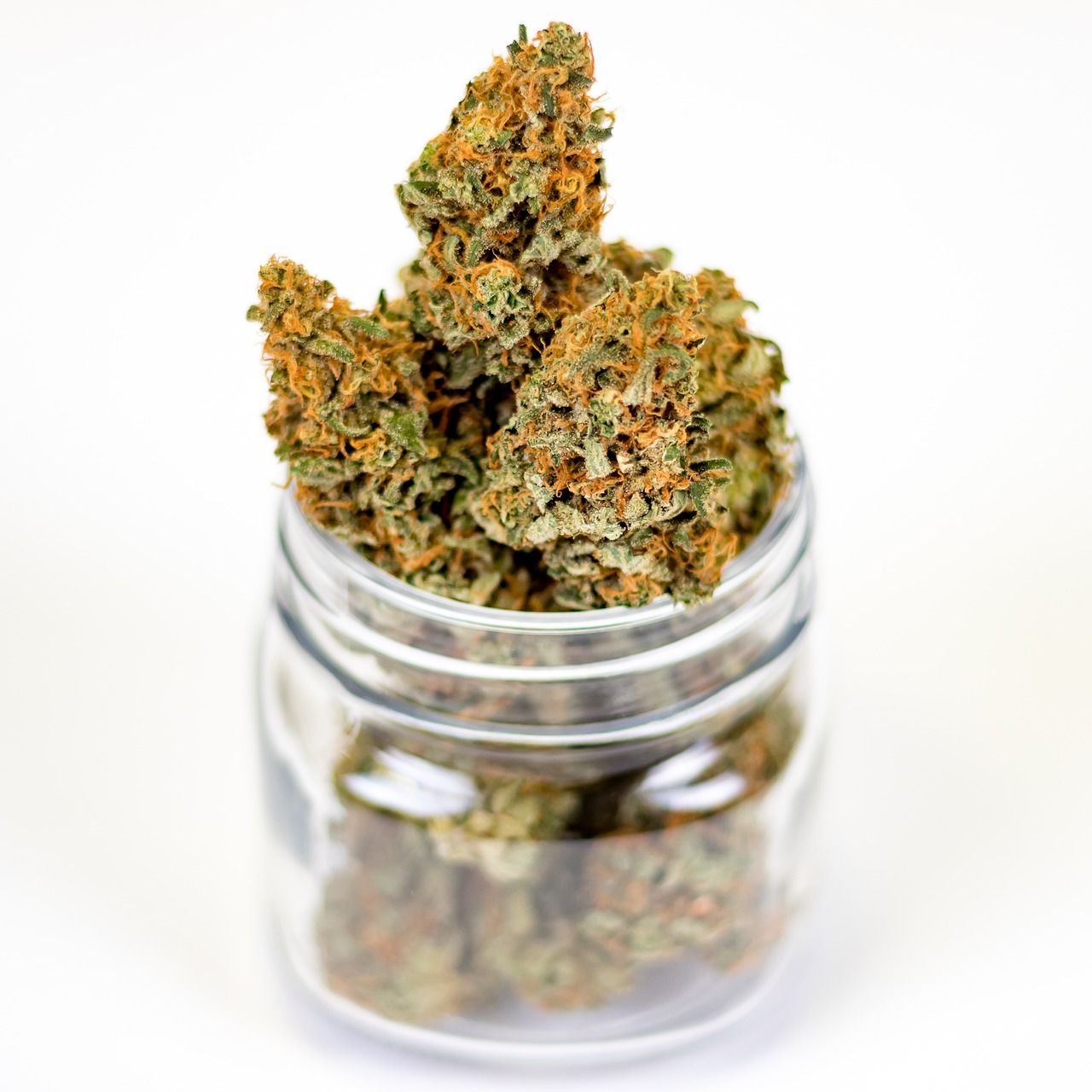Chronic pain is one of the most common health issues worldwide, affecting millions of people and often limiting daily life. Traditional treatments—ranging from over-the-counter medications to prescription opioids—can provide relief but often come with side effects or risks of dependency. In recent years, cannabis has emerged as a potential alternative or complementary option for pain management. But what does the science actually say?
Understanding Cannabis and Pain
Cannabis contains hundreds of chemical compounds, the most studied being cannabinoids such as tetrahydrocannabinol (THC) and cannabidiol (CBD). These interact with the body’s endocannabinoid system (ECS), a network of receptors involved in regulating functions like pain, mood, appetite, and sleep.
According to a 2017 report from the National Academies of Sciences, Engineering, and Medicine (NASEM), substantial evidence suggests cannabis or cannabinoids are effective for chronic pain in adults, particularly pain caused by conditions such as neuropathy or multiple sclerosis. While not a cure-all, cannabis may work by reducing inflammation, modulating pain signals, and altering how the brain perceives discomfort.
Types of Pain Cannabis May Address
Research indicates cannabis is more effective for certain types of pain than others:
- Neuropathic Pain: Conditions like diabetic neuropathy or nerve injuries often respond poorly to standard medications. Studies, including randomized controlled trials published in the Journal of Pain, show cannabis can significantly reduce neuropathic pain intensity.
- Cancer-Related Pain: Cannabis has shown potential in managing cancer-related pain when opioids are not fully effective. A systematic review published in Frontiers in Pharmacology (2021) found cannabinoids could provide modest but meaningful relief.
- Inflammatory Pain: CBD, known for its anti-inflammatory properties, may benefit conditions like arthritis. Preclinical studies suggest CBD can reduce inflammation markers, though large-scale human trials are still limited.
It’s worth noting that acute pain—like a sudden injury—appears less responsive to cannabis compared to long-term, chronic pain.
THC vs. CBD for Pain Relief
One of the biggest questions for consumers is whether THC or CBD is more effective for pain. The answer depends on the type of pain and personal tolerance:
- THC is psychoactive and binds directly to cannabinoid receptors in the brain. This makes it potent for reducing pain perception but also responsible for the “high.” Some studies suggest THC-dominant products can be particularly effective for neuropathic pain.
- CBD is non-intoxicating and may reduce inflammation and anxiety associated with chronic pain. It may also counteract some side effects of THC, making balanced THC:CBD products appealing to many patients.
- Combination Therapy: Many researchers believe a mix of THC and CBD—the so-called “entourage effect”—offers the best therapeutic potential. A clinical trial published in the European Journal of Pain found that a THC:CBD spray provided significant improvements for patients with multiple sclerosis-related pain.
Comparing Cannabis to Traditional Treatments
Prescription opioids remain a standard for severe pain, but their risks—including dependence, overdose, and tolerance—are well-documented. Some researchers suggest cannabis could help reduce reliance on opioids.
For instance, a study in JAMA Internal Medicine (2014) found states with medical cannabis laws had significantly lower opioid overdose death rates. More recent research, however, has produced mixed results, with some studies showing substitution benefits while others find no clear opioid-sparing effect.
Non-steroidal anti-inflammatory drugs (NSAIDs) like ibuprofen are effective for many cases of mild pain but can cause gastrointestinal or cardiovascular side effects with long-term use. Cannabis may serve as an alternative for patients seeking to avoid these complications, though it also carries risks.
Potential Risks and Side Effects
Cannabis is not without downsides. Common side effects include dizziness, dry mouth, impaired coordination, and short-term memory issues. THC-heavy products can cause anxiety or paranoia in some users. Long-term heavy use may affect cognition, though the risk is lower with medical or moderate use.
Another concern is the variability of cannabis products. Unlike FDA-approved medications, cannabis flower, oils, and edibles can vary widely in potency and consistency. Patients are encouraged to seek products from licensed dispensaries with third-party lab testing.
Finally, cannabis may interact with certain medications, particularly blood thinners, and is not recommended for individuals with a history of psychosis or cardiovascular instability without medical guidance.
The Road Ahead: What Research Still Needs to Prove
While evidence supports cannabis as a promising tool for pain relief, many questions remain. More large-scale, double-blind clinical trials are needed to determine optimal dosages, cannabinoid ratios, and delivery methods. Researchers are also exploring synthetic cannabinoids and minor cannabinoids such as CBG and CBN for their potential analgesic effects.
Policy also plays a role. In the U.S., cannabis remains federally classified as a Schedule I substance, which limits research. However, as more states legalize medical and adult-use cannabis, opportunities for deeper investigation are growing.
Takeaway for Consumers
For individuals living with chronic pain, cannabis may offer a meaningful option—especially when other treatments fall short. Science supports its role in managing neuropathic and inflammatory pain, though results vary by individual. Patients considering cannabis should consult healthcare professionals knowledgeable about cannabinoid medicine to discuss the safest, most effective approach.
Ultimately, cannabis is not a miracle cure, but for many, it can be a valuable part of a broader pain management plan.

